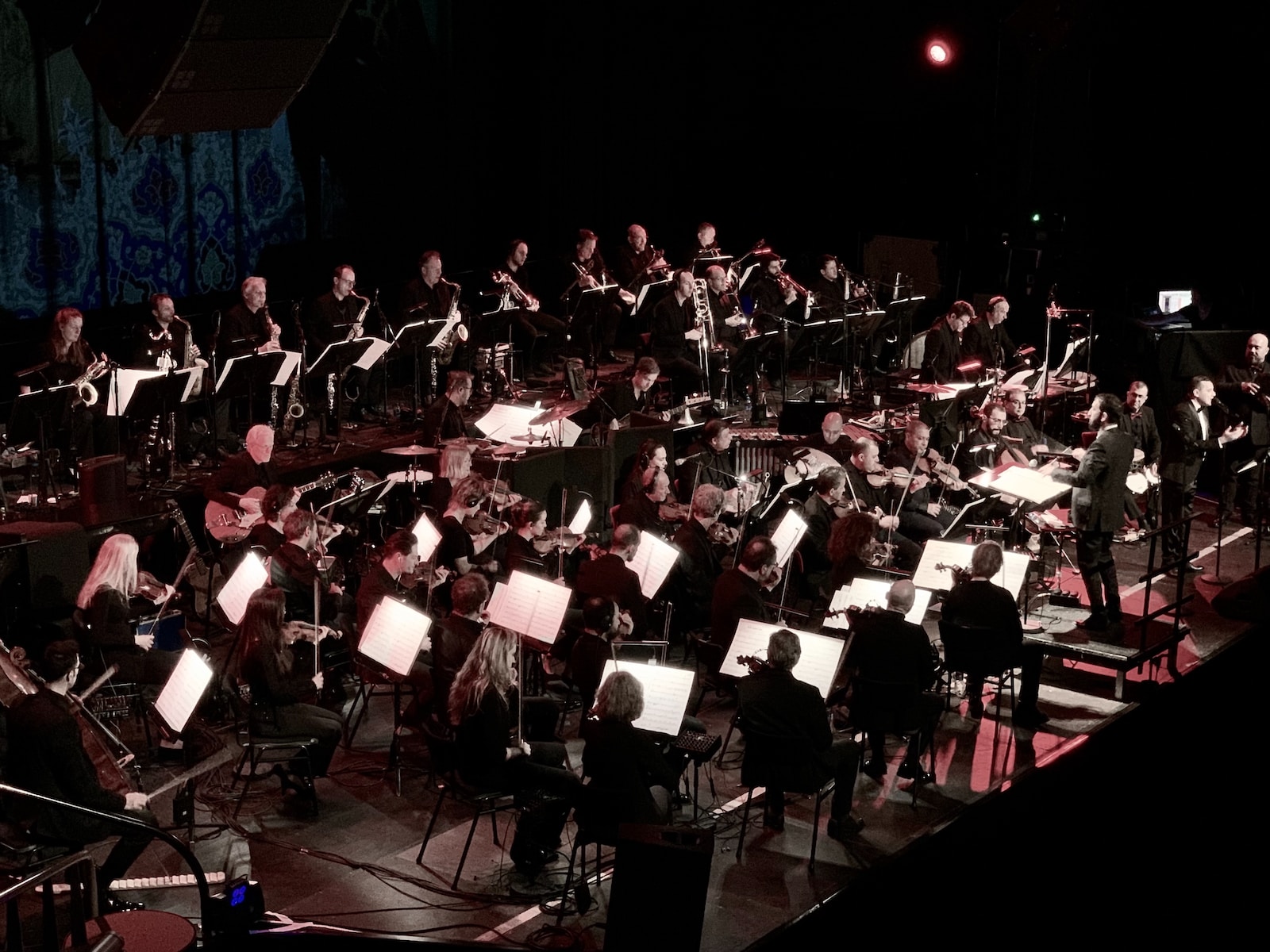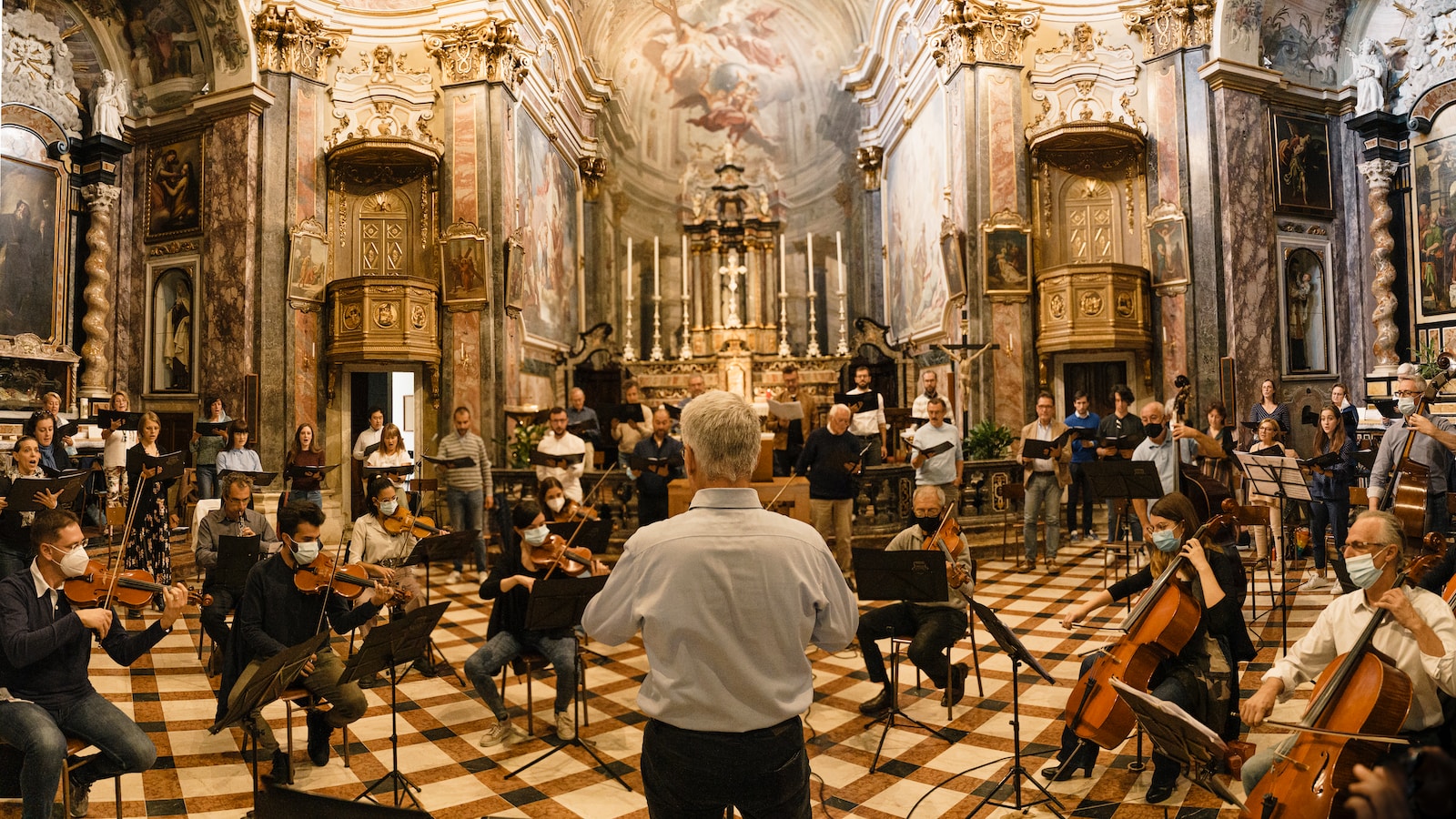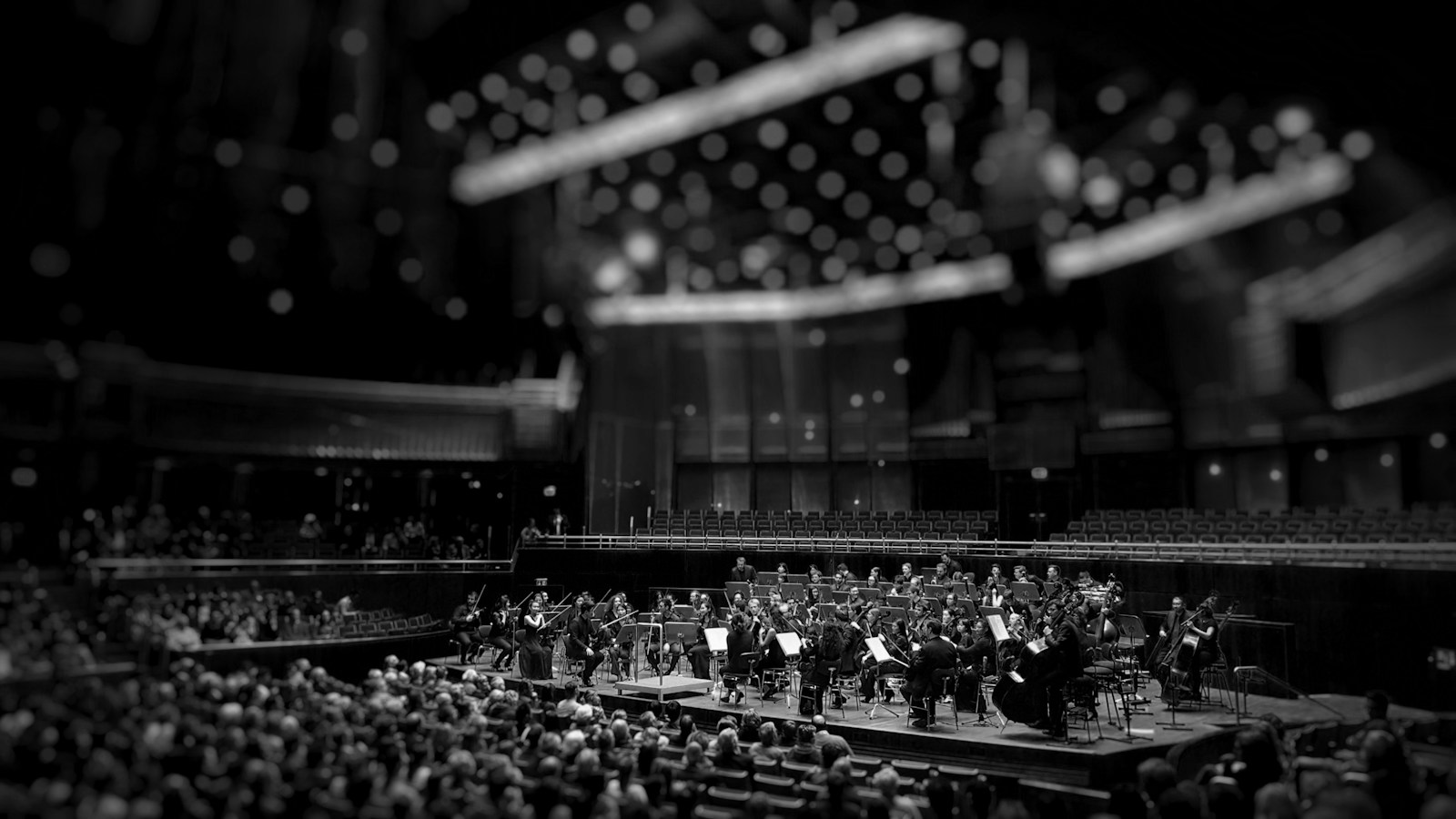Origin of orchestra
The orchestra as we know it today has a long and fascinating history that dates back to the 16th century in Renaissance Italy. During this time, a group of musicians called the “Camerata” would gather in private homes and perform vocal and instrumental music for small audiences. These early ensembles were the forerunners of the modern orchestra, and they played an important role in the development of classical music.
One of the earliest examples of an organized orchestra was the “Florentine Camerata,” a group of musicians, poets, and scholars who met in Florence, Italy, in the late 16th century. They were interested in reviving the classical music of ancient Greece and Rome, and they believed that music should be based on the natural rhythms of speech. They developed a new style of music called opera, which combined vocal and instrumental music with drama and poetry.
Over time, orchestras became larger and more complex, and they began to include a wider variety of instruments. In the 17th and 18th centuries, the orchestra became an essential part of European court life, and composers such as Bach, Handel, and Mozart wrote music specifically for orchestral performance. During the 19th century, the orchestra continued to evolve, and new instruments such as the saxophone and tuba were added to the ensemble.
Today, the orchestra is a vital part of classical music, and it continues to evolve and adapt to new styles and genres. From small chamber orchestras to massive symphonic ensembles, the orchestra remains one of the most versatile and expressive musical ensembles in the world.

Orchestral instruments
Orchestral string instruments are an integral part of many classical music compositions. There are four primary orchestral string instruments: the violin, the viola, the cello, and the double bass. Each instrument has its unique sound, range, and characteristics that contribute to the overall sound of the orchestra.
- Violin: The violin is the smallest and highest-pitched instrument in the string family. It is played with a bow and has four strings tuned in fifths (G, D, A, E). It has a range of approximately four octaves and is known for its clear and bright sound. The violin is the most popular instrument in the string family and is often featured as a solo instrument.
- Viola: The viola is slightly larger than the violin and has a deeper sound. It is played with a bow and has four strings tuned in fifths (C, G, D, A), one fifth lower than the violin. The viola’s range is approximately three and a half octaves. It is often used to provide a mellow, warm, and rich sound to the orchestra.
- Cello: The cello is larger than the viola and has an even deeper sound. It is played while sitting down and is held between the player’s knees. It has four strings tuned in fifths (C, G, D, A) and has a range of approximately three and a half octaves. The cello is often used to provide a rich, expressive, and soulful sound to the orchestra and is also featured as a solo instrument.
- Double Bass: The double bass is the largest instrument in the string family and has the deepest sound. It is played while standing up and is held vertically on the floor. It has four strings tuned in fourths (E, A, D, G), one octave lower than the cello. The double bass has a range of approximately three octaves and is often used to provide a strong, deep, and powerful sound to the orchestra.

How they complement each other into an ensemble?
Orchestral string instruments work together to form a cohesive and complementary ensemble. When played together, they create a rich and full sound that is essential to classical music. Here are some ways in which these instruments accompany each other in an ensemble:
- Harmony: The string instruments often play different notes simultaneously, forming a harmonious sound. For example, the violin and viola might play a melody together while the cello and bass play a harmonic accompaniment.
- Counterpoint: The string instruments also play melodies and rhythms that complement and contrast with each other. This technique, called counterpoint, creates a complex and interesting texture. For example, the violin and cello might play a melody in different rhythms while the viola and bass play a harmonizing accompaniment.
- Unison: At times, the string instruments may play the same notes or rhythms together to create a strong and powerful sound. This technique, called unison, is often used in the final section of a piece to create a climactic effect.
- Solos and sections: Each string instrument may also have its solo or section within a piece. This allows the unique characteristics and qualities of each instrument to be highlighted and appreciated. For example, a cello solo might be featured in a slow and emotional section, while the violins might be used to play a fast and energetic melody.
Overall, the string instruments work together to create a cohesive and harmonious ensemble that is essential to classical music. By combining their unique sounds, ranges, and techniques, they form a complex and beautiful texture that is unparalleled in any other genre of music.











































































































